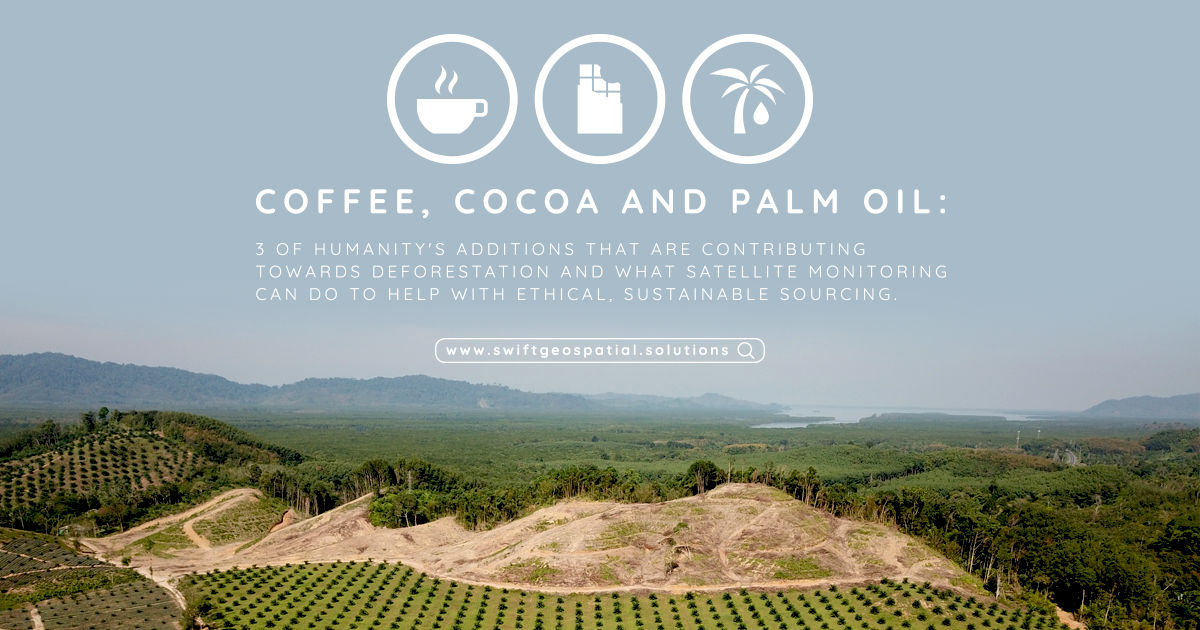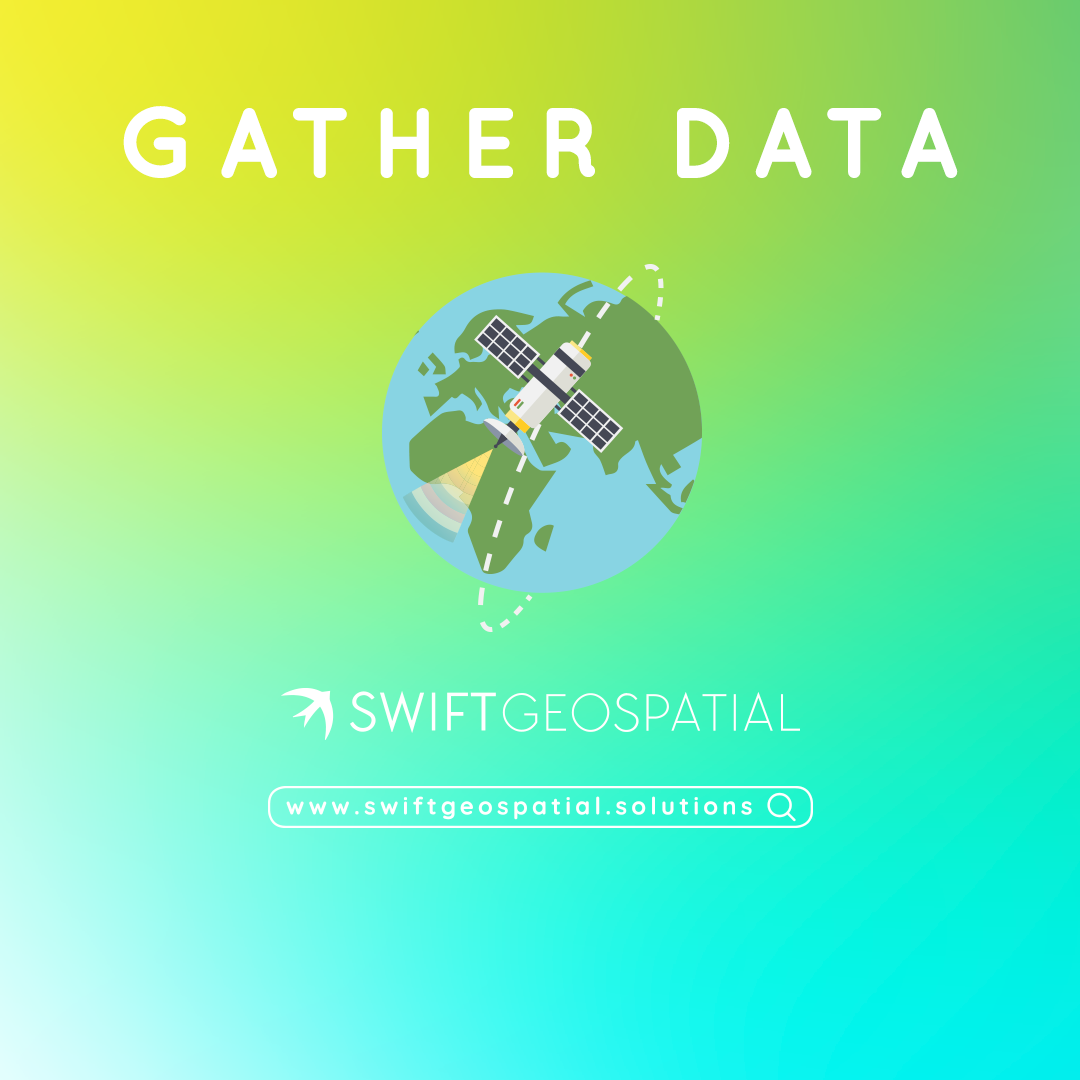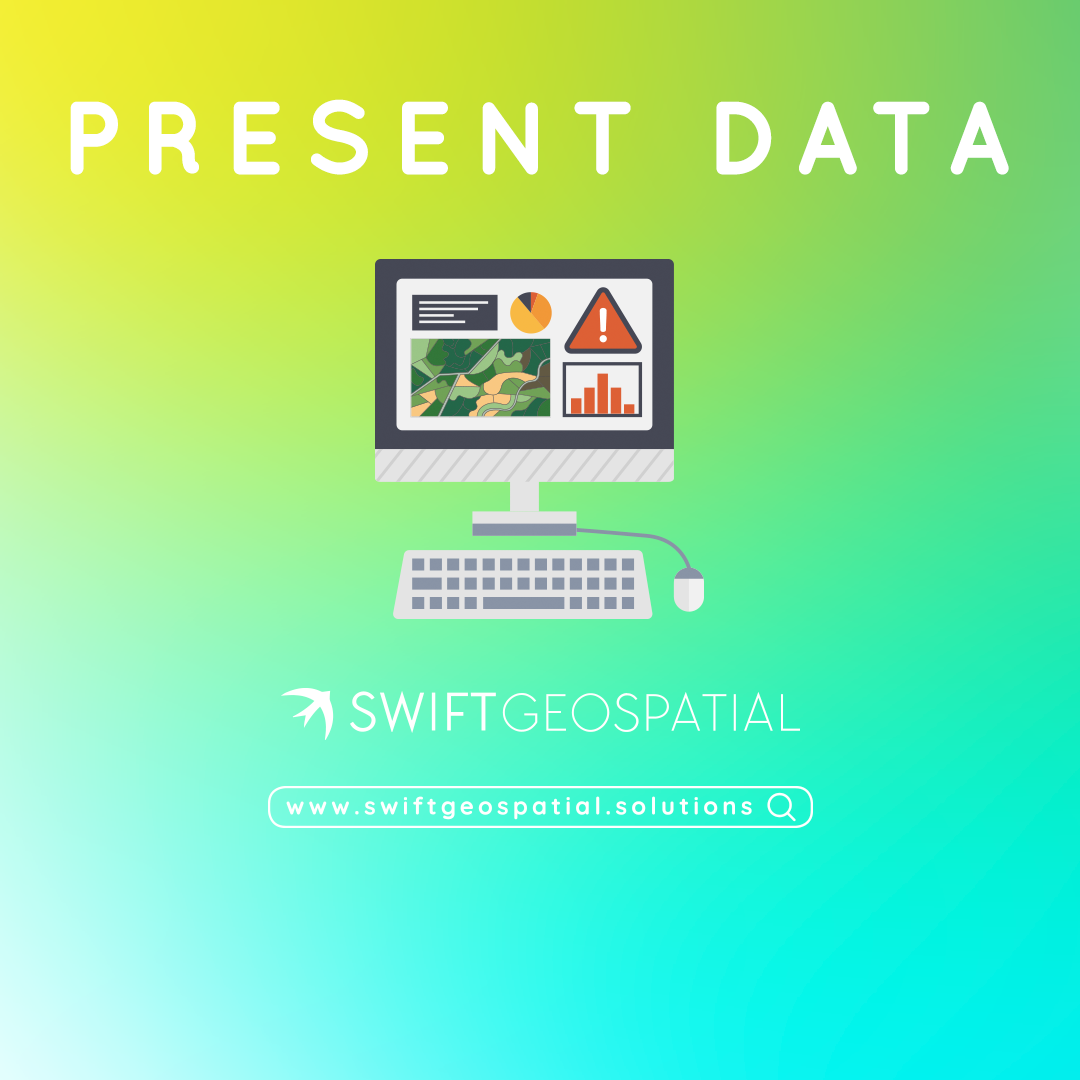Coffee, cocoa and palm oil: humanity’s additions are costing the earth and what satellite monitoring can do to ensure ethical, sustainable sourcing
About one third of the world’s land is made up of natural forest. This is more than four billion hectares, to be more precise. Forests are the very lungs of the earth. Within them are vast ecosystems that are protected by storing water, protecting soil, circulating soil nutrients, reducing temperature, balancing micro-climates and purifying the air. Providing habitat to millions of fauna and flora; the rich biodiversity that forests house form essential carbon sinks and, thus, contribute to limiting greenhouse gas emissions and counteracting climate change.
Alas, every year, this area decreases by an average of 13 million hectares which corresponds to around 35 football fields per minute (Opitz, M; 2018). With the largest losses found in Africa and South America, agriculture is the main culprit- with crops such as chocolate, coffee and palm oil being in the forefront.

Chocolate’s dark secret
As the world’s largest producer of cocoa, the Ivory Coast is the world’s main source for the raw material for chocolate. Côte d’Ivoire (or Ivory Coast) was named after the tusks of thousands of elephants that once roamed the region. Alas, due to the greed and destruction of man- only a few hundred elephants survive in the aftermath of habitat destruction and poaching, while many of the country’s national parks and conservation lands have been cleared of their forest to make way for cocoa operations.
In neighboring Ghana, the situation is similar: according to a recent analysis (Bellantonio et al. (2021), 291,254 acres of protected areas were cleared between 2001 and 2014. This resulted in 7,000 square kilometers of forest loss- and a quarter of this was horrifyingly found to be connected to the chocolate industry. Without action, Ghana stands to lose all remaining forests outside its national parks in the next decade.
Yes, with a surmounting, global demand from large chocolate corporations, the dark reality of one of the greatest of human pleasures – chocolate- is that as the cocoa plantations behind the scenes have aggressively encroached and swallowed up our irreplaceable natural forests. Chocolate’s dark secret is that the cocoa industry is a major driver of deforestation, loss of critical wildlife habitat, and human rights abuses around the world – particularly in West Africa (Ghana, Cameroon), but also South America (Peru, Ecuador) and Southeast Asia (Indonesia).
A tough pill to swallow.

about 1/3 of forest loss in these regions is due to cocoa production
The loss of natural forest in Côte d’Ivoire and Ghana (the world’s largest producers of cocoa) over the last 60 years
Image source: International Wildlife Conservation; Cocoa and Deforestation [Online].

The bitter truth about that steaming cuppa joe
According to climate expert Peter Baker (2014); the dramatic increase seen in the vast coffee production volumes of late (the yearly increase of coffee plantations are estimated to stretch to about 100,000 ha) point to a single critical issue: Deforestation. Yep, just as the case with cocoa; deforestation is the primary source of all these new coffee lands- and along with the losses of carbon, biodiversity and other ecosystem services caused by global coffee growth; this is going to get worse as each year goes by without some sort of urgent intervention.
With plantations mainly occurring along the equatorial belt (known as the ‘Bean Belt’) coffee-driven deforestation has been particularly severe in the Atlantic Forest, especially in Rio de Janeiro, São Paulo, Minas Gerais, Espírito Santo and Paraná. The biome is said to have occupied roughly one million square kilometers; but currently, according to SOS Mata Atlântica only 12.4% of its natural vegetation remains standing.
What is more, the economically valuable forests in Ethiopia, which contain the world’s only wild Coffea arabica populations are diminishing and, at current deforestation rates, this invaluable gene pool will be completely lost in 27 years (Hesselden, 2017).

Palm oil- serving us the rainforest on our dinner tables and in our fuel tanks
We are not always aware of it, but palm oil is literally everywhere – as the most commonly produced vegetable oil it is in our foods, cosmetics, cleaning products and fuels. Yes, palm oil is a source of huge profits for multinational corporations with its low market price. However, the extremely high and ever-increasing demand for it is – just like cocoa and coffee – a major cause of deforestation.
According to rainforest rescue.org; oil palm plantations currently cover more than 27 million hectares of the Earth’s surface. As a result, forests and human settlements have been destroyed and replaced by these ‘green deserts’ containing literally no biodiversity.
This shocking occurrence is still actively taking place in Southeast Asia, Latin America and equatorial Africa. As a consequence; vast amounts of carbon is released into the atmosphere as more indigenous forests are being bulldozed or torched to make room for more plantations. In actual fact, Indonesia – the world’s largest producer of palm oil – temporarily surpassed the United States in terms of greenhouse gas emissions in 2015 (rainforest rescue.org).
With only 70,000 orangutans still roaming the forests of Southeast Asia, the EU’s biofuels policy is pushing them towards the brink of extinction. It gives one shudders to consider that every new plantation on Borneo is destroying a further piece of their habitat, while the Borneo elephant and Sumatran tiger are being pushed closer to extinction.
What is more, smallholders and indigenous people who have inhabited and protected the forest for generations are often brutally driven from their land. In Indonesia, more than 700 land conflicts are related to the palm oil industry. Human rights violations are everyday occurrences, even on supposedly “sustainable” and “organic” plantations.
How satellite monitoring and change detection will help with this global crisis:
We’ve said it before, but will say it again; we believe that we hold the silver bullet to contend with this global crisis. The superhero of this event is, indeed, satellite monitoring and remote sensing.
It is obvious that the only way to end these devastating calamities is through ethical and sustainable sourcing. In other words, those large corporations that supply humanity with our so-called pleasures and addictions have the opportunity at their very fingertips to use the technology at hand in order to monitor just where their raw ingredients have been grown and sourced from- and if they are supporting anything illegal that is contributing towards the devastating deforestation we speak of.
This tracking need not be a dangerous, armed venture into these dense, equatorial forests. No. Through encroachment monitoring, Swift Geospatial captures the source to monitor. Marking the boundary lines of delineated and legal plantations; satellite monitoring will pick up any illegal encroachments (such as illegal logging or burning of indigenous forests to make way for further crop space) outside these boundaries that are intruding into the natural surrounds- before it is too late.
This method allows responsible, ethical co-operations that support these farms to keep ‘an eye in the sky’ of exactly where their products are being sourced from, and to be sure that they are not affiliated with the global deforestation crisis. Furthermore, this can be monitored daily. Yes, you read right; daily. Courtesy of our partner and source, Planet – who provides impressive 3.7 metre resolution images in four multispectral bands; RGB and Near Infrared. What is more, this daily capturing resolves the inevitable cloud cover obstacle so common with equatorial / tropical areas through this consistent revisit rate.
Through our additional Partners- Maxar and Capella Space; Swift Geospatial is able to ‘play patrol,’ and to pick up even the slightest of disturbances to our precious forest resources through the powerful change detection technology we have at hand.
Transparency to responsible purchasers:
With proof that their raw ingredients are, indeed, being ethically-sourced; corporations and companies that use this technology will be empowered enough to publicly disclose their direct suppliers. Sustainability-conscious consumers will in turn be granted transparency and traceability in the raw material supply chain; all the while corporate carbon footprints are reduced dramatically with these tangible impacts.



Monitoring crop health:
Investors need proof as to whether the plantations they are supporting are, indeed, thriving. Often in remote locations – especially coffee, cocoa and palm oil plantations – it would make sense that these plantations are remotely monitored as opposed to spending a fortune on site visits and spewing out fossil fuels to get there.
Planet provides Swift Geospatial with 3 metre resolution NDVI mosaic imagery from their 4-band multispectral sensor. Standing for Normalized Difference Vegetation Index; NDVI is a measure of the state of plant health, based on how the plant reflects and absorbs light at certain frequencies; quantifying the concentrations of green leaf vegetation. Michael Breetzke, one of the company directors explains; ‘the higher the NDVI reading; the higher the chlorophyll context, which equals a thriving plant in good health. However, a low NDVI reading will quickly alert users that there is a disturbance in the health of the plants- which may be due to disease, plague, drought, etc- before it spreads and affects the entire crop.’
Monitoring for proof of social upliftment:
The satellite monitoring system we speak of may be used to monitor social impacts, too. The aerial imagery allows us to detect if the surrounding community of the plantations is growing- which is a sign of upliftment. If investors of these plantations are granted with beneficial information such as this; they will have solid evidence as to whether the plantations they have invested in are improving the lives of the community. After all, sustainability and community upliftment go hand-in-hand.
Conclusion
In order to substantiate global coffee, cocoa and palm oil’s environmental credentials, radically improved understanding and monitoring of its land footprint is urgently needed. This is where satellite monitoring can help- and we are here to make a tangible difference.
After all, our engines, too, run on that cuppa joe- and a clear conscience tastes better.
References
- Baker, Peter. (2014). Global Coffee Production and Land Use Change. Conference: 25th Conference of ASIC (Association Scientifique Internationale pour le Café. At: Colombia [Online]. Available: <https://www.researchgate.net/publication/273445289_Global_Coffee_Production_and_Land_Use_Change> [Accessed 17 November, 2021].
- Bellantonio, M, Higonnet. E, & Hurowitz, G.How the Cocoa Industry Destroys National Parks . Mighty Earth. [Online]. Available: <https://www.mightyearth.org/wp-content/uploads/2017/09/chocolates_dark_secret_english_web.pdf> [Accessed 17 November, 2021].
- Hesselden, F. 2017. Ethiopia’s Vulnerable Tropical Forests Are Key to Securing Future of Wild Coffee. Food and Farm Discussion Lab. [Online]. Available: <https://fafdl.org/blog/2017/04/26/ethiopias-vulnerable-tropical-forests-are-key-to-securing-future-of-wild-coffee/> [Accessed 17 November, 2021].
- Opitz, M. 2018. Coffee and Deforestation. Hanns R. Neumann Stiftung. Available: <https://www.hrnstiftung.org/coffee-and-deforestation/> [Accessed 17 November, 2021].
- 2019/20. Forever Chocolate Progress. Barry Callebaut. [Online]. Available: <https://www.barry-callebaut.com/en/group/forever-chocolate/sustainability-reporting> [Accessed 17 November, 2021].

